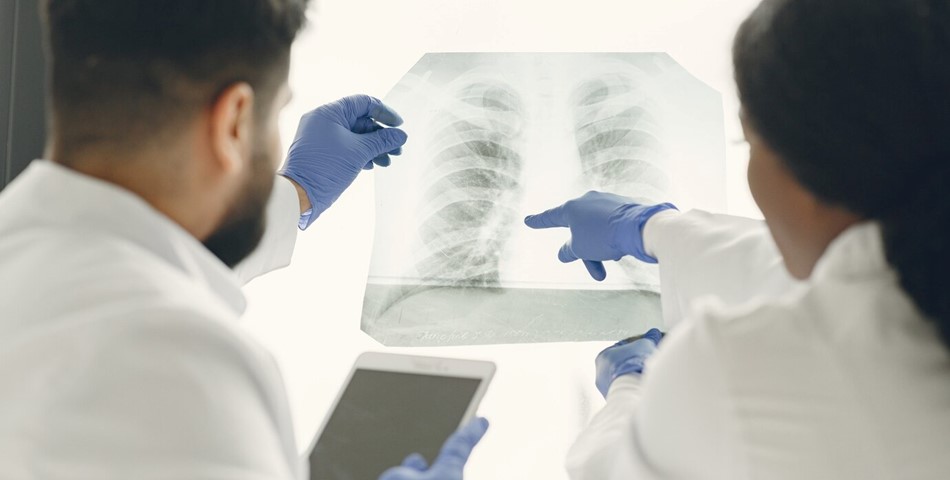A groundbreaking technology developed at MIT has the potential to revolutionize the diagnosis of lung cancer, offering a simple and accessible alternative to traditional methods. The innovative approach involves inhaling nanoparticle sensors through an inhaler or nebulizer, followed by a straightforward urine test to detect the presence of cancerous tumors.
Innovative Nanosensors for Lung Cancer Detection
The nanosensors, designed by MIT researchers, are equipped with a DNA barcode that is released when encountering overactive enzymes called proteases, often found in lung tumors. The released barcodes accumulate in the urine, making detection possible through a paper test strip. This new diagnostic method has the potential to replace or complement the current standard for lung cancer diagnosis, low-dose computed tomography (CT), especially in regions with limited access to CT scanners.
Addressing Accessibility Challenges with Inhalable Particles
Sangeeta Bhatia, the John and Dorothy Wilson Professor of Health Sciences and Technology at MIT, highlights the global impact this technology could have, particularly in low- and middle-income countries where lung cancer prevalence is on the rise due to factors like pollution and smoking. The ease of accessibility makes it a promising solution for areas lacking widespread CT scanner availability.
Two Formulations for Efficient Deployment
To address the limitations of traditional CT scans, which often result in unnecessary invasive tests and false positives, the MIT team developed two formulations of inhalable particles. These formulations, delivered via aerosolized solution or dry powder inhaler, allow for efficient deployment, especially in resource-constrained settings.
Successful Testing and Diagnostic Adaptability
In the testing phase using genetically engineered mice with lung tumors resembling those in humans, the researchers identified a combination of four sensors, out of 20 tested, that accurately detected early-stage lung tumors. The diagnostic system's adaptability for human use involves the potential use of multiple paper strips, each capable of detecting four different DNA barcodes, enhancing diagnostic accuracy.
Simplified Analysis with Lateral Flow Assay
Unlike previous versions that required mass spectrometry for analysis, this iteration employs a lateral flow assay, enabling detection with a simple paper test strip. The goal is to create a point-of-care system that requires no sample processing or amplification, providing results within 20 minutes after obtaining the urine sample.
Future Steps: Human Validation and Clinical Trials
The researchers plan to further validate the technology using human biopsy samples and, in the long term, conduct clinical trials. The ultimate aim is to offer an efficient and accessible lung cancer screening solution, particularly in regions where CT scanning is limited. The potential for obtaining results in a single visit could significantly improve early detection and treatment outcomes, ultimately saving lives. The project received funding from various organizations, including the Johnson & Johnson Lung Cancer Initiative, the Howard Hughes Medical Institute, and the National Cancer Institute.
news.mit.edu - Anne Trafton














